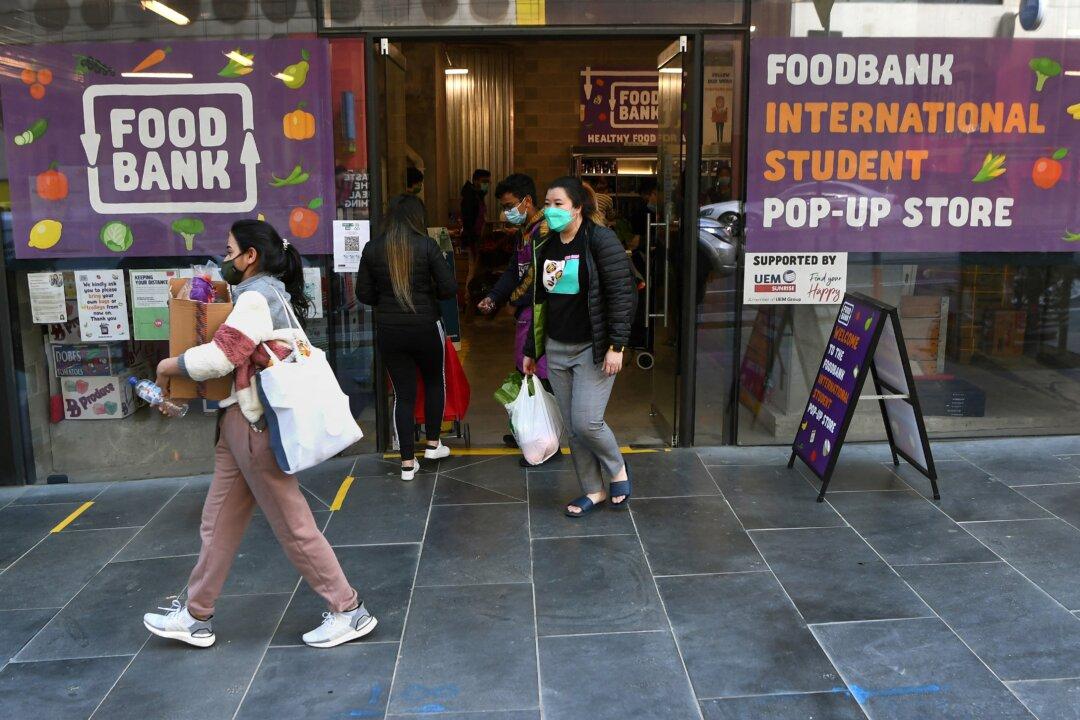Surveys from charities have indicated that more Australians are having difficulty paying housing, food, and basic medical care expenses.
The Australian branch of the Salvation Army has witnessed a substantial increase in the number of people asking for help over the past year.





